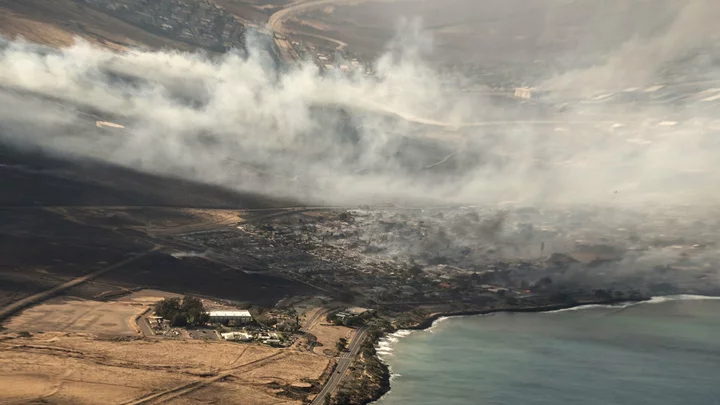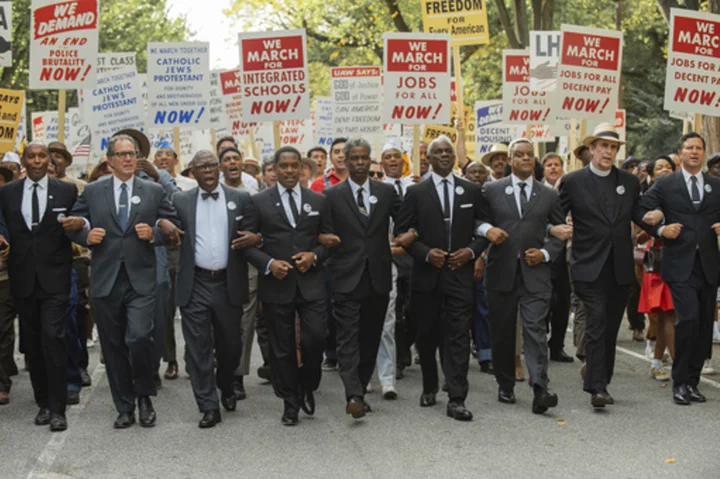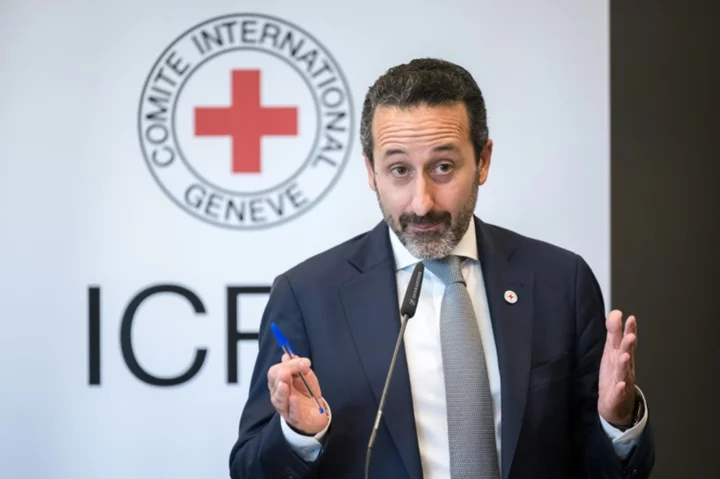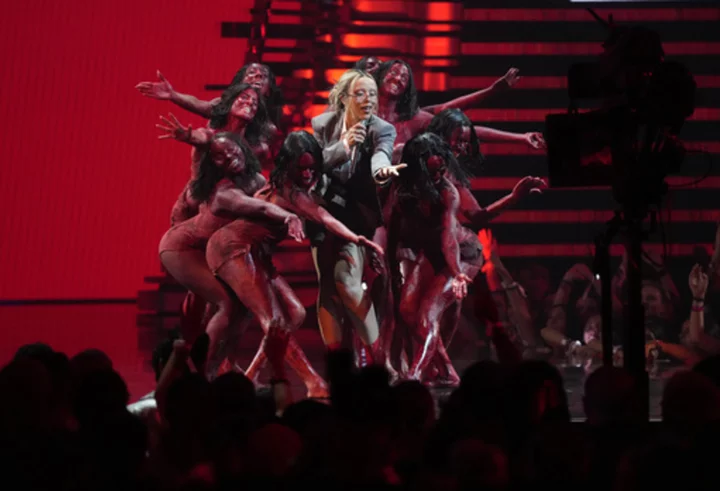In a tropical paradise like Hawaii, a destructive wildfire like the one that devastated an entire community on Wednesday feels unusually perverse — or even downright apocalyptic. Laren Gartner, a restaurant owner in Maui's Lahaina community told CNN, "Lahaina looks like a bomb went off. There is nothing left. The entire village has been turned into rubble."
Mason Jarvi, a Lahaina resident told NBC news, "It's like an apocalypse."
Despite no definitive source of ignition having been uncovered so far, it's still reasonable to wonder what led to such an intense blaze. Yes, climate change plays an ongoing role in the types of weather patterns that produced Hawaii's recent fires — including fires elsewhere on Maui, and additional ongoing blazes in other parts of the state, such as North Kohala on the Big Island — but a constellation of other causes also contributed to this catastrophe.
SEE ALSO: How to protect your pets from wildfire smokeWhat makes the Maui fire so apocalyptic?
Thirty-six people have died of causes linked to the fire, according to the County of Maui's government website. The fires have been contained, but there are "periodic flare ups," a U.S. Army official indicated Thursday according to the New York Times. According to a statement last night from that same Army official, Major General Kenneth Hara, there was not yet an official count on the number of homes and other structures damaged or destroyed.
Theo Morrison, a director at the Lahaina Restoration Foundation told the Times that one of the buildings lost was Lahaina's Heritage Museum, containing "Hawaiian things, things from the monarchy and plantation and whaling periods, [and] objects from all of Lahaina’s eras.”
Drone footage of the tragic fire as it unfolded was downright hellish.
And since Lahaina is not just beloved by locals, but also known as a popular destination for travelers — both a pleasant patch of paradise and a cultural hub, rich in antique architecture and Hawaii history dating back to the 18th century — the sense of loss will be widespread and deeply felt.
Did climate change play a role?
Hurricane Dora, which passed by to the South of Hawaii, and was about 1,000 miles from Honolulu as of Thursday, likely contributed conditions that led to fire danger, according to meteorologists at Fox Weather.
Hurricane Dora, well to the south of Hawaii on Thursday Credit: NOAA / NWSAccuweather meteorologist Dan Pydynowski explained these conditions in the following way "The difference in pressure between the area of high pressure to the north of the islands, and Dora going by to the south, is leading to very strong winds across the state." Wind results because air naturally moves from high to low pressure. Think of the air leaking from a balloon, for instance.
Does the hurricane connection mean climate change is to blame? It's impossible to say definitively, even though broadly speaking, climate change is having an impact on hurricanes. Climate change means heavier rainfall and flooding along with warmer ocean water. It's too early, however, to claim to understand the genesis of an individual hurricane.
Climate change is also strongly linked to more frequent, longer, and more intense droughts. According to a Thursday morning update from the U.S. Drought Monitor (a data-crunching operation from the U.S. government and the University of Nebraska-Lincoln) nearly 16 percent of Maui County was in the midst of a "severe" drought, and almost 83 percent of the county was experiencing "abnormally dry" conditions.
The Maui wildfire had many likely causes
The drought had already led to fires this year, as noted by the National Weather Service in July. "Dry vegetation conditions have also resulted in brush fires in West Maui over the past month in the Olowalu and Kapalua areas. These fires briefly closed Honoapiilani Highway," the NWS said nearly a month ago. The Honoapiilani Highway passes through Lahaina.
Lahaina, it should be noted, happens to be located in a relatively dry part of Maui, an island known for its diverse microclimates. Lahaina's name comes from Lā-hainā in the Hawaiian language, which means "cruel sun."
An additional source of fire conditions all over Hawaii is the intrusion of non-native vegetations. Stanford Earth Scientist Peter Vitousek told USAToday, "There is no doubt that fire-prone grasses have invaded drier Hawaiian ecosystems and brought larger, more intense fires."
Hawaii may be known for its moist, tropical conditions, but wildfires have increasingly been a problem in recent years, and one that's unlikely to abate any time soon.









